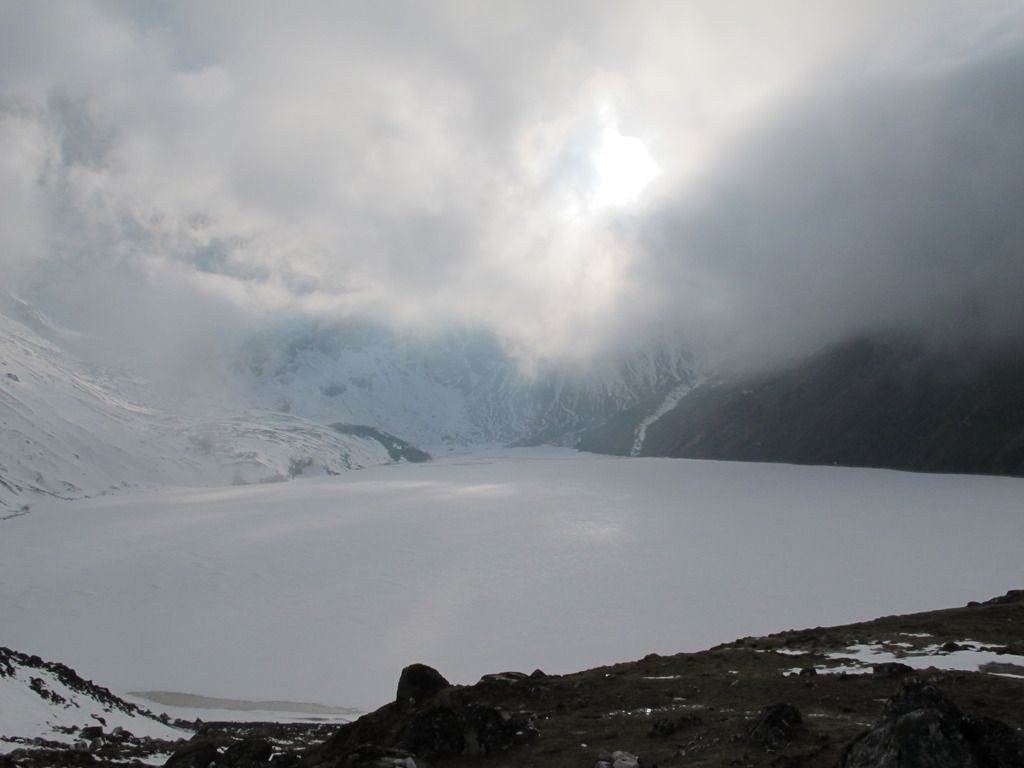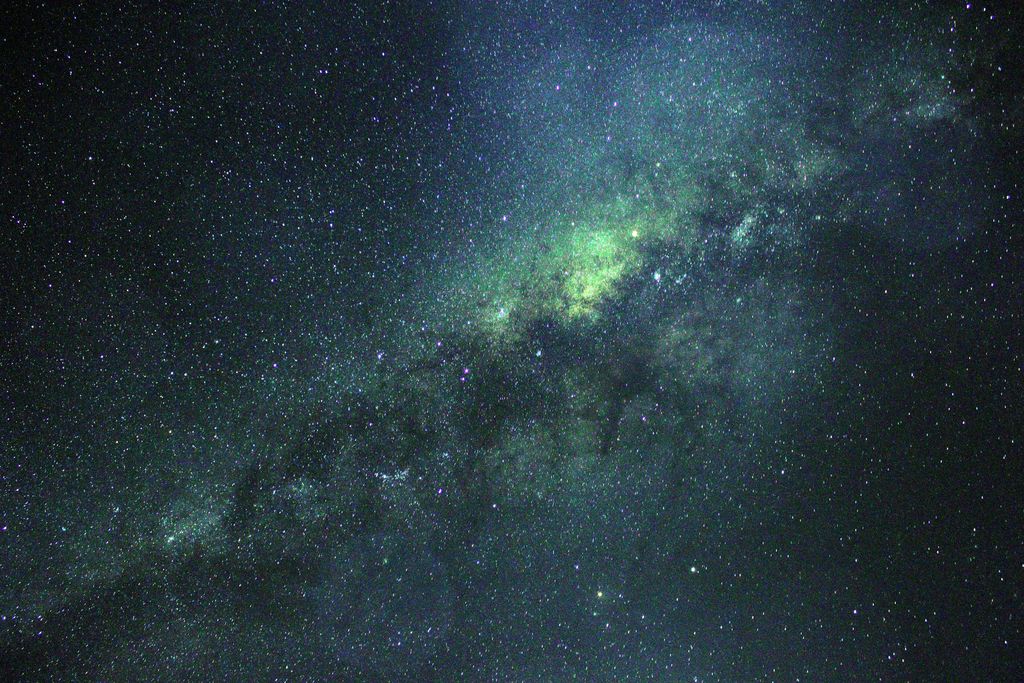Wot, no Blackheath!?!?
Oh come on, look at it...

... it's perfect 🙂
Seriously though, that's a great selection of sites. Hadn't heard of the one in Portugal... worth investigating further I think.
Looks like you're taking aim...
Mmm. A furry rodent is lurking here unless I'm mistaken.
The 'Atacama Desert' has a foreground of Saguaro Cactus. These only grow in Arizona and the west of Mexico where it borders the state.
I'm off to La Palma next year.....
You learn something new everyday....
All those tour guides who make a big deal of saying you can always tell where that western was filmed clearly are not aware of the Giant Cardon!
So now the truth comes out: you're not a cactus expert, you're a John Wayne fan 😉
A veritable dark sky bucket list. I can vouch for the night skies at Gokyo in the Himalayas although, its a bit of a walk , I wouldn't recommend the accommodation to those who like their creature comforts and the weather can be a little unpredictable!

And as for the Australian Outback, unpolluted night skies and a chance to view of the zodiacal light?? (Still working on the raws..... Better put my name down for the next astro-photography workshop.)

I guess I cant jump on a 53 bus or southwestern train to get to those places?!
A veritable dark sky bucket list. I can vouch for the night skies at Gokyo in the Himalayas although, its a bit of a walk , I wouldn’t recommend the accommodation to those who like their creature comforts and the weather can be a little unpredictable! And as for the Australian Outback, unpolluted night skies and a chance to view of the zodiacal light?? (Still working on the raws….. Better put my name down for the next astro-photography workshop.)
Wow. Great milky way, Clive! Really nice point sharp starfield too. Is that what you took in Gokyo? Whats your lens and settings? Did you use your Samyang 16mm for that? You better get your raw file ready, Andy is going to demand one from you for his Flamsteed Lecture gallery video 🙂
Thanks Tej. The milky way image was taken near Uluru in the Northern Territories with my old kit lens on my new Canon 80D (30sec 18mm f/4.5), right at the limit for this lens on an undriven mount, hence the recent purchase of the Samyang lens.
Nice one Clive but isn't it upside down?
Thanks for your question regarding orientation. If in doubt please adjust your frame of reference by standing on your head.
This post has given me itchy feet!
Clive, I'm jealous of your adventures. Good to see the photo that we spoke about last night on a bigger screen. And thanks for the tip on the similarities of Samyang and Rokinon - I hadn't realised that they were virtually the same!
I'm jealous of your adventures. Clouds or no clouds, Nepal is on my bucket list of places to visit.
Christina. http://petapixel.com/2014/01/29/picking-great-lens-milky-way-photography//picking-great-lens-milky-way-photography /">This article put me on the path to buying a Rokinon lens for my Canon 80D (APS-C) but as I said last night the lens I was hoping to buy, Rokinon 16mm F2.0, was "out of stock" on Amazon and appeared to be only available from the US with a large chunk of import duty which pushed it out of my price range. However, as I explained, I found out this lens is also branded as a Samyang lens and was available on Amazon with no import duty payable.
One note of caution: The Canon version of this lens does not have a focus confirmation chip. I believe there isn't a problem with Nikon cameras (??), but it might be worth checking.
<p style="text-align: justify;">Just a little heads up on using cheaper lenses. Samyang is, as you will have seen, sold under many names such as Bower, Walimax, Vivitar, Opteka as well as the aforementioned Rokinon. Generally you get what you pay for but there are exceptions and Samyang have the odd model that punch well above their weight, notably the 35mm F1.4 for full frame sensors. A good place to see how various lenses perform is www.photozone.de. This has lab tests of many lenses and usefully shows performance at different apertures</p>
<p style="text-align: justify;">Astrophotography is a much more critical subject matter than daytime photography when it comes to camera lenses. Point sources of light highlight optical issues very readily. Coma and chromatic aberration are the most obvious problems you see when using a camera lens on the stars. For this reason it is never advisable to use a camera lens at full aperture no matter who makes it, unless its Zeiss (and then really only with an Optus). Just about every other lens will show coma quite clearly until you reduce it a couple of stops. Samyang have a reasonable reputation in this regard for some lenses but you still cannot use them fully open. With a wide angle image you may feel it all looks good but look closer and miss-shaped stars will be obvious. Stop down and they become round.</p>
<p style="text-align: justify;">Also be aware that a full frame format camera is a bit more critical because the lens has to correct over a much larger field. Camera RAW in photoshop can correct some lens aberrations but the lens has to be in the database and Samyang or its other names currently are not (not in my version anyway).</p>
